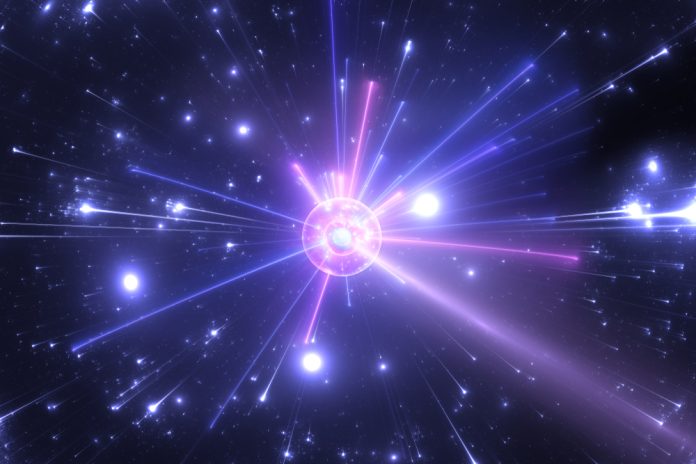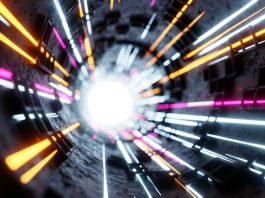One of the greatest challenges in cosmology is unlocking the mystery of dark matter, which makes up over 85% of the Universe’s mass.
Though its existence is well-established, dark matter remains elusive—scientists have never directly observed it and are still unsure of its composition.
However, a groundbreaking study has examined traces of antimatter in the cosmos, which may point to a new class of particles known as Weakly Interacting Massive Particles (WIMPs), potential candidates for dark matter.
Understanding WIMPs
WIMPs have long been a popular theory in the search for dark matter. These hypothetical particles are thought to interact with other matter only via gravity and weak force, making them incredibly hard to detect.
Initially, WIMPs seemed like the perfect match for dark matter, raising hopes of imminent discovery. However, years of research have excluded many potential WIMP types based on their expected emissions, and only a few remain as viable candidates.
Recent data, however, offers renewed hope. Observations from the Alpha Magnetic Spectrometer (AMS-02) aboard the International Space Station have detected traces of ‘antinuclei’ in cosmic rays—specifically antihelium, which is exceptionally rare. This discovery could offer crucial insights into the nature of WIMPs and dark matter.
The role of antimatter
To understand how antimatter might help identify dark matter, it’s essential to grasp what antimatter is.
Antimatter is composed of particles with opposite charges to normal matter. For instance, positrons (the antimatter counterpart of electrons) have positive charges, while antimatter protons carry a negative charge.
When matter and antimatter collide, they annihilate each other, releasing a burst of energy in the form of gamma radiation.
Although antimatter is rare in the Universe, scientists believe it was formed during the Big Bang and continues to be created through specific cosmic events.
The detection of antihelium by AMS-02 is particularly intriguing because it could indicate the annihilation of WIMPs, which, according to theory, produce both matter and antimatter upon destruction.
Antihelium: An unlikely discovery
The detection of antihelium nuclei, especially antihelium-3 and the much rarer antihelium-4, presents a conundrum for scientists.
Based on current models, the amount of antihelium produced through typical cosmic-ray interactions should be extremely low.
In fact, only one antihelium event was expected to occur every few decades, yet AMS-02 detected around ten such events, far exceeding expectations. This raises the possibility that something more exotic, like WIMP annihilation, may be responsible for their creation.
However, while antihelium-3 could be explained by some optimistic WIMP models, antihelium-4 presents a greater challenge.
Its heavier mass makes its production unlikely, even in the most optimistic dark matter scenarios. This suggests the need to explore new, even more, ‘exotic’ particles beyond the WIMPs theorised so far.
A new frontier in dark matter research
The discovery of antihelium and its potential connection to WIMPs has reignited the search for dark matter.
While it is still unclear whether WIMPs or another exotic particle type is responsible, the data collected offers compelling clues.
As research continues, antimatter could hold the key to finally unravelling the dark matter mystery, marking a major breakthrough in the field of cosmology.





